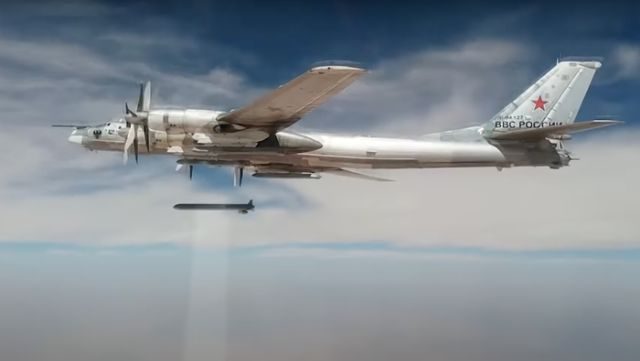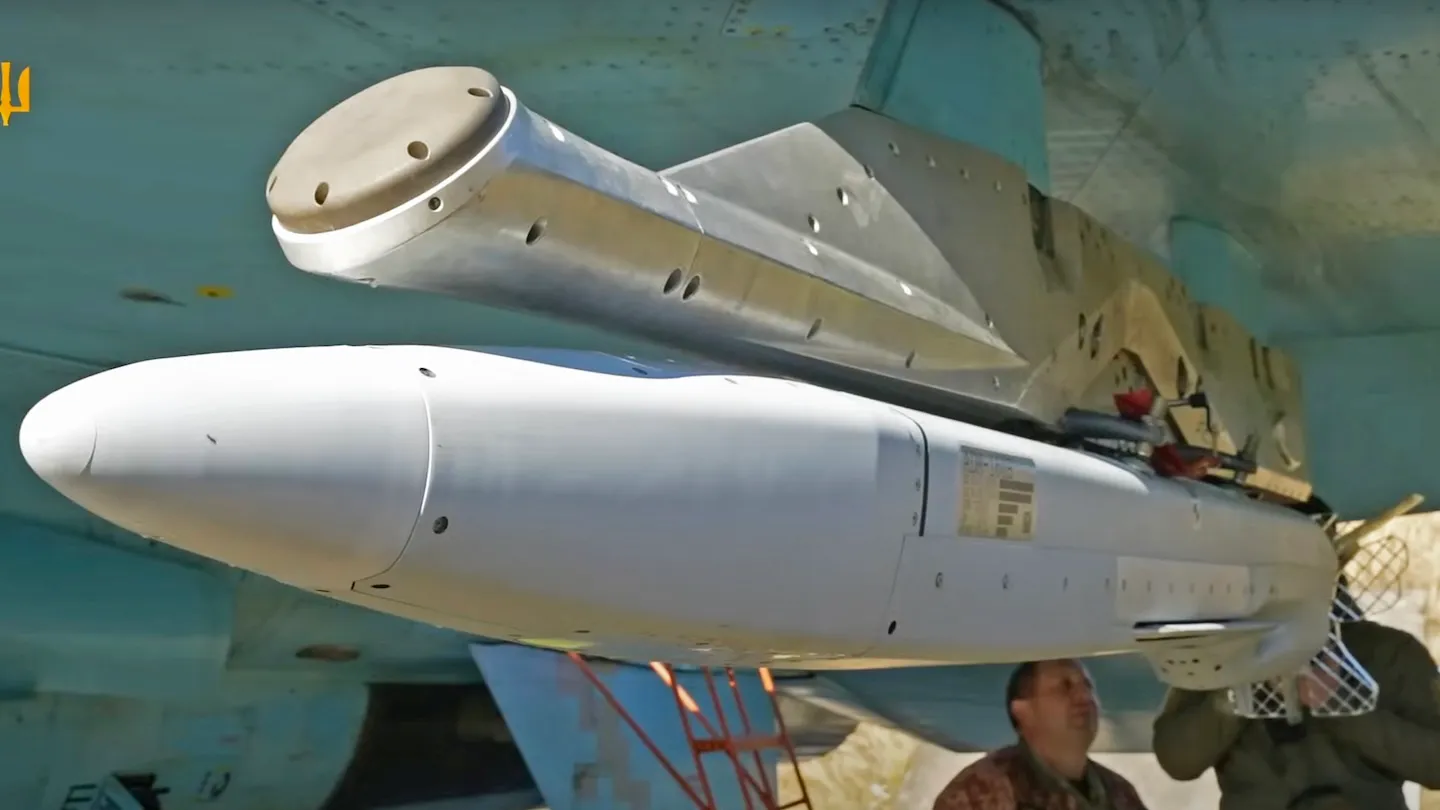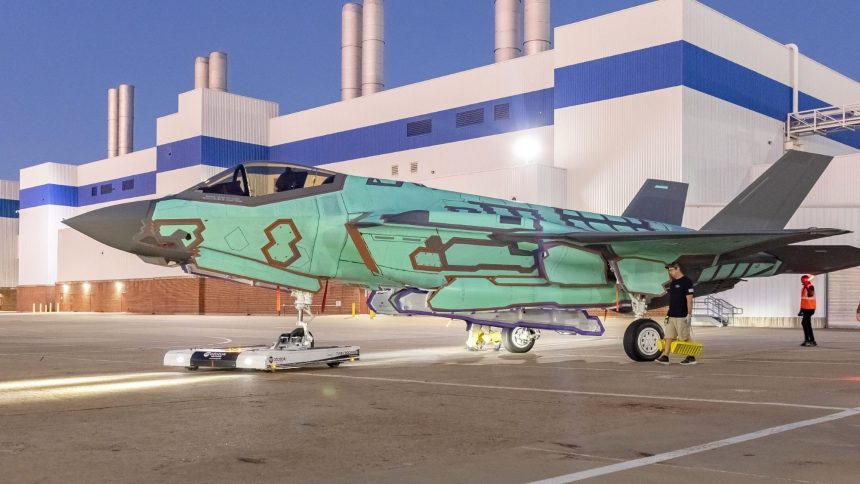On the night of July 18, 2025, Russia executed a meticulously orchestrated long-range missile strike, showcasing a remarkable evolution in its strategic bomber operations. According to open-source intelligence provided by AMK Mapping, two Tu-95MS strategic bombers, supported by Il-78 aerial refuelling tankers, embarked on an extraordinary journey from Belaya Airbase in Irkutsk Oblast, located approximately 2,360 miles from Ukraine’s border. This operation culminated in the launch of around nine Kh-101 cruise missiles from the established firing zone near Engels in Saratov Oblast, a region frequently utilized for such missions. This bold manoeuvre not only highlighted Russia’s ability to project power across vast distances but also underscored a deliberate shift in its aerial tactics, aimed at introducing unpredictability and complicating Ukrainian air defence efforts.
Nestled deep in the remote expanse of Irkutsk Oblast, Belaya Airbase emerged as an unexpected yet pivotal staging ground for Russia’s sophisticated missile operation. On July 18, two Tu-95MS bombers, iconic for their enduring role in Russia’s long-range aviation, took off from this distant facility, situated roughly 2,360 miles from the Ukrainian frontier. These Cold War-era aircraft, often referred to as the “Bear” in NATO terminology, are designed for extended missions, capable of carrying heavy payloads over thousands of miles. Their deployment from such a remote location marked a significant departure from Russia’s traditional reliance on airbases closer to the conflict zone, signaling a strategic recalibration in its aerial campaign.
The Tu-95MS bombers were not alone on this arduous journey. Accompanied by two Il-78 aerial refueling tankers, the aircraft traversed an impressive 3,800 kilometers across Russia’s vast interior, a feat made possible through mid-air refueling. The Il-78, a critical asset in Russia’s strategic aviation arsenal, is equipped with advanced refueling systems that allow it to transfer fuel to bombers at high altitudes, enabling sustained flight without the need for intermediate landings. This capability was crucial for the mission’s success, as it allowed the Tu-95s to cover the immense distance from Irkutsk to the Engels launch zone without interruption, maintaining operational secrecy and flexibility.
Upon reaching the airspace over the Engels District in Saratov Oblast, a well-established launch point for Russian missile strikes, the bombers released approximately nine Kh-101 cruise missiles. These precision-guided munitions are among Russia’s most advanced, boasting a range exceeding 1,550 miles and equipped with sophisticated inertial and satellite navigation systems for pinpoint accuracy. Designed for stealth and precision, the Kh-101 is capable of striking high-value targets such as military installations, command centers, or critical infrastructure, making it a formidable weapon in Russia’s arsenal. While open-source intelligence has yet to confirm the specific targets struck in Ukraine, the use of Kh-101 missiles suggests an intent to disrupt strategic assets, potentially including airfields, logistics hubs, or energy infrastructure.
Following the missile launch, both the Tu-95MS bombers and their Il-78 tanker escorts landed at Engels-2 Airbase, a key hub for Russia’s strategic aviation operations. This secure recovery ensured that the aircraft, critical components of Russia’s long-range strike capability, were safely maintained and prepared for future missions. The operation’s complexity—spanning thousands of miles, coordinating precise aerial refueling, and executing a high-stakes missile strike—underscored Russia’s logistical prowess and its commitment to maintaining operational flexibility in the face of a dynamic conflict environment.
This long-range mission from Belaya Airbase highlights Russia’s ability to leverage its vast territorial depth to project power far beyond its borders. By initiating the strike from a base so distant from the conflict zone, Russia introduced an element of unpredictability that complicates Ukrainian efforts to detect and respond to incoming threats. The choice of Belaya, far removed from the traditional western airfields closer to Ukraine, suggests a deliberate strategy to challenge Ukrainian air defense systems by diversifying launch origins and obscuring the bombers’ movements until they reach their firing positions. This evolving approach reflects Russia’s ongoing adaptation in its aerial campaign, relying on its aging but reliable bomber fleet to maintain strategic pressure while minimizing vulnerabilities.
The July 18 operation was a masterclass in strategic planning and execution. The Tu-95MS bombers, supported by the Il-78 tankers, demonstrated remarkable endurance, covering a vast distance across Russia’s interior without compromising their mission objectives. The Il-78 tankers played a pivotal role, providing multiple fuel transfers during the flight to sustain the bombers’ high-altitude journey. This refueling capability allowed the Tu-95s to maintain optimal flight profiles, avoiding low-altitude routes that might expose them to detection or interception. The seamless coordination between the bombers and tankers ensured that the mission proceeded without interruption, a testament to the skill and precision of Russia’s aircrews and ground support teams.
The Kh-101 missiles launched from the Engels area represent a cornerstone of Russia’s precision-strike capabilities. These weapons are designed to evade air defenses through low-altitude flight paths and advanced guidance systems, making them difficult to intercept. Their long range allows Russia to strike targets deep within enemy territory without exposing its aircraft to significant risk. While the specific targets of the July 18 strike remain unconfirmed, the use of Kh-101 missiles suggests a focus on high-value strategic assets, likely intended to disrupt Ukrainian military operations or infrastructure critical to the war effort. The lack of clarity on the targets further indicates Russia’s intent to maintain strategic ambiguity, forcing Ukraine to allocate defensive resources across a wide range of potential objectives, thereby diluting its defensive posture.
The successful landing of the Tu-95s and Il-78s at Engels-2 Airbase marked the completion of a highly complex operation. Engels-2, a fortified facility with extensive maintenance and support infrastructure, serves as a critical node in Russia’s strategic aviation network. By recovering the aircraft at this base, Russia ensured their readiness for future missions, preserving the operational longevity of its bomber fleet. The mission’s success highlights Russia’s ability to integrate legacy platforms, such as the Tu-95MS, with modern tactics and technologies, such as aerial refueling and precision-guided munitions, to maintain a credible and flexible strike capability.
The decision to launch the July 18 missile strike from Belaya Airbase represents a significant shift in Russia’s operational geography, moving away from traditional western airfields closer to Ukraine. This relocation diversifies Russia’s attack vectors, forcing adversaries to monitor a broader expanse of territory and complicating their ability to predict and counter incoming strikes. By staging bombers 2,360 miles from the conflict zone, Russia employs a form of strategic confusion, obscuring its operational patterns and challenging Ukrainian radar and intelligence systems. This unpredictability places a heavy burden on Ukraine’s air defense network, which must now account for potential launches from remote and unexpected regions.
The use of a distant base like Belaya also serves as a risk mitigation strategy for Russia’s strategic bomber fleet. By positioning Tu-95s far from Ukraine’s reach, Russia reduces the likelihood of counterstrikes or drone attacks, which have previously targeted airbases closer to the border. This approach preserves the operational viability of Russia’s aging but valuable bomber fleet, ensuring that these critical assets remain available for future missions. The Tu-95MS, while a product of Cold War-era design, remains a versatile and reliable platform, capable of carrying out long-range strikes with modern munitions like the Kh-101.
The extended flight paths enabled by Il-78 tankers allow Russia to approach launch zones circuitously, further masking the bombers’ intentions until the last possible moment. For Ukrainian early warning systems, this creates significant challenges. Detecting aircraft originating from a base as distant as Irkutsk Oblast requires expanded radar coverage and real-time intelligence, straining resources that are already stretched thin by the need to monitor closer threats. The sudden shift in launch origins disrupts established predictive models, potentially delaying Ukraine’s response times and allowing missiles to penetrate deeper into its airspace before interception is possible.
Russia’s tactic of varying launch geography not only tests Ukraine’s adaptability but also pressures its air defense network to allocate resources inefficiently. By introducing operational ambiguity, Russia aims to erode confidence in Ukraine’s ability to anticipate and counter strikes, creating both a psychological and logistical burden. The unpredictability of launch points forces Ukraine to spread its air defense assets across a wider area, potentially leaving vulnerabilities in critical regions. This calculated maneuver reflects Russia’s broader strategy of maintaining the initiative, leveraging its geographic depth to sustain offensive momentum while minimizing risks to its aviation assets.
The psychological impact of this operation cannot be overstated. The knowledge that Russia can launch strikes from bases as far as 2,360 miles away forces Ukraine to contend with the possibility of attacks originating from virtually anywhere within Russia’s vast territory. This uncertainty places a heavy strain on Ukraine’s military planners, who must balance the need for comprehensive surveillance with the practical limitations of their resources. The constant need to recalibrate detection systems and defensive strategies in response to Russia’s evolving tactics could erode morale among Ukrainian forces, as the unpredictability of Russian strikes creates a sense of vulnerability.
The unprecedented use of Belaya Airbase as a launch point for a long-range missile strike marks a pivotal moment in Russia’s aerial strategy. By deploying Tu-95MS bombers from a remote eastern location, Russia has demonstrated a willingness to exploit its vast territorial depth to enhance operational unpredictability. This tactical evolution suggests a deliberate effort to diversify attack origins, complicating the strategic calculus for Ukraine and its allies. The broader implications for future Russian operations are significant, as this approach allows Russia to reduce the vulnerability of its bomber fleet to Ukrainian counterattacks while maintaining relentless offensive pressure.
The reliance on Il-78 tankers indicates Russia’s intent to sustain and expand its long-range strike capabilities, potentially enabling missions from even more isolated bases in the future. The ability to conduct such operations from deep within Russia’s interior provides a strategic advantage, as it forces adversaries to stretch their air defense resources to cover a wider geographic area. For Ukraine, this necessitates a costly expansion of surveillance networks, including radar systems, satellite monitoring, and intelligence-gathering capabilities, to detect and track aircraft originating from unexpected regions. The need to adapt early warning protocols to account for these new launch points adds further complexity to Ukraine’s defensive strategy.
Russia’s shift to remote basing could herald a new phase of operations, where launch sites are rotated across its expansive geography to keep adversaries off balance. By integrating varied flight routes, decoy missions, or simultaneous launches from multiple regions, Russia could overwhelm Ukrainian detection systems, creating opportunities for its missiles to penetrate deeper into contested airspace. Such tactics would require Ukraine to allocate resources to monitor a vast array of potential launch points, potentially diverting attention from other critical defensive priorities.
The psychological impact of Russia’s evolving strategy extends beyond the battlefield. The knowledge that strikes could originate from anywhere within Russia’s borders creates a pervasive sense of uncertainty for Ukraine’s military and civilian leadership. This psychological pressure could strain morale and complicate resource allocation, as Ukraine is forced to prepare for a wide range of scenarios. By maintaining this level of unpredictability, Russia aims to keep Ukraine in a reactive posture, undermining its ability to anticipate and counter threats effectively.
Looking ahead, Russia’s successful execution of the July 18 strike suggests a commitment to refining its aerial playbook. By blending legacy platforms like the Tu-95MS with innovative tactics, such as remote basing and extended flight paths, Russia can sustain pressure on Ukraine while preserving its critical aviation assets. The integration of advanced munitions like the Kh-101 further enhances Russia’s ability to conduct high-impact strikes with precision and minimal risk to its aircraft. This combination of adaptability and firepower underscores the escalating complexity of the conflict’s air domain, as Russia seeks to maintain the initiative in an increasingly dynamic battlefield.
For Ukraine and its partners, countering this evolving threat will require a multifaceted approach. Investments in agile, intelligence-driven air defenses, including advanced radar systems and real-time data-sharing with allies, will be essential to detect and intercept Russian strikes from unpredictable launch points. The development of new early warning protocols tailored to Russia’s shifting tactics will also be critical, as will the expansion of surveillance networks to cover Russia’s vast territory. These efforts will come at a significant cost, both in terms of resources and operational focus, but they are necessary to address the growing sophistication of Russia’s aerial campaign.
The July 18 operation serves as a stark reminder of Russia’s ability to adapt and innovate, even with a fleet of aging aircraft. By leveraging its geographic advantages and logistical capabilities, Russia has demonstrated a capacity to sustain offensive momentum while minimizing vulnerabilities. As the conflict evolves, Ukraine and its allies must prioritize flexible and resilient defensive strategies to counter an increasingly elusive and dynamic aerial threat, ensuring that they remain one step ahead in a rapidly changing air domain.




